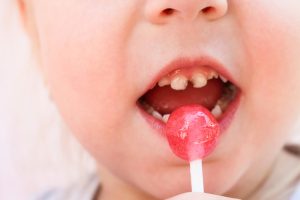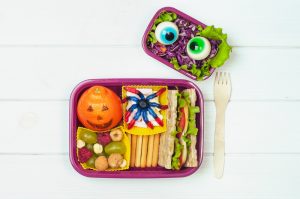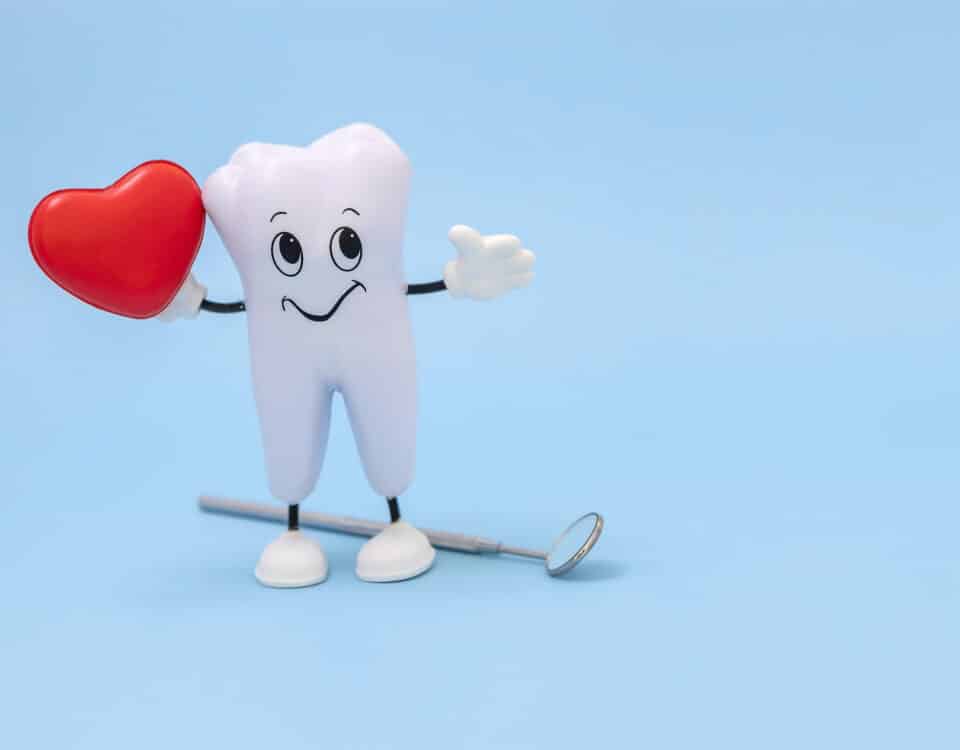Overcoming Dental Phobias and Fears
October 4, 2018Orthodontic Treatment Can Help Your Oral Health
October 18, 2018Halloween is prime time for candy. Especially if you or family members trick-or-treat, there may be a major influx in sweet treats at your home. The holidays can be exciting, but you don’t want them to take a toll on your oral health. Sugar is directly related to how many cavities people develop. Find out how those cavities form from sugar and if the amount you eat means you’ll get more cavities!
Your Oral Health
Did you know that you should be brushing your teeth at least twice a day for two minutes at a time? That recommendation comes straight from the American Dental Association to avoid cavities. Cavities are areas of decay on your teeth, which is why they’re also known as “tooth decay” and “dental caries”.
Amazingly, your teeth are the hardest, strongest substance in your body. This is because they are made up of almost pure mineral content—96% minerals to be exact. When you eat, your teeth absorb minerals such as calcium, magnesium and phosphate from your foods to make them stronger. Likewise, when you eat harmful substances (like sugar or acidic drinks), your teeth loose those strong minerals. The better your diet and oral health, the less minerals you will lose from your teeth and the more you’ll avoid cavities—especially if you limit your sugar intake.

The Sugar Problem
Sugar is incredibly sweet. So sweet, in fact, that it is added to most foods you can buy at the store. That makes it hard to avoid sugar, and it makes it so you must be extra careful to check your food and drink labels to make sure you and your teeth stay healthy. Too much sugar has been linked to countless chronic conditions like diabetes and heart disease, as well as obesity and addiction. Not only is it bad for your body, but it’s incredibly damaging to your teeth.
When you eat, sugar mixes with your mouth bacteria to create a sticky film that you know as “plaque”. That plaque will not only make your teeth look cruddy, but it is acidic and doesn’t just wash away by drinking water. When sugar and bacteria mix, it creates an acid that is a transparent film that latches onto your teeth. You may even be able to see some of that film on your teeth right now.
The longer plaque sits on your teeth, the greater ability it has to break up the minerals in your teeth with its acids. When it starts to break up those strong minerals, it weakens them and starts to decay your tooth enamel. That strong outer layer starts to become surface cavities—or decayed areas. If that decay grows due to poor oral hygiene, it will start to hit inner layers until it reaches your tooth center, causing infection and potential tooth loss.
All of these problems stem back to sugar, which is the food bacteria needs to make plaque in the first place. The more sugar you eat, the higher your risk for cavities. The less you practice good oral hygiene, the longer plaque has to decay your teeth. When you control your sugar and oral health, you take control of whether you have oral health problems or not.
Halloween Candy Facts
Why are we talking about candy? Because Halloween is just around the corner. Halloween is one of the biggest candy holidays of the year just after Easter and right before Christmas. Candy’s main ingredient is sugar. According to the statistics, people are going to be eating a ton of sugar on this upcoming holiday:
- Halloween rakes in about $2.1 billion dollars in candy sales each year.
- The average household spends anywhere between $44-$47 on candy in October.
- Most of the candy for that holiday is bought on October 28th, which is the greatest candy spending day of the year.
- When it comes to eating that sugar-filled candy, the average child (yes child) will consume about 3 cups of sugar on October 31st alone.
- Each cup of sugar is about 48 teaspoons of sugar. The American Heart Association and countless other organizations recommend 0-6 teaspoons max of sugar for children each day. Halloween alone has many children eating about 144 teaspoons of sugar in one night.
- The most popular candy type is chocolate, which has sugar as a main ingredient.
- 90 million pounds of chocolate alone is sold during the week of Halloween. 35 million pounds of candy corn is made for the holiday. That amount equals about 9 billion sugar-filled candy corns.
- Children can eat anywhere between 3,000 and 7,000 calories worth of sugar on Halloween. That means a load of plaque is being made for your teeth!
Can You Avoid Cavities?
Despite the amount of sugar eaten just on Halloween alone, there are ways to enjoy your treats on this holiday and year-round while still avoiding cavities. You just have to control your sugar intake with the rest of your diet and be mindful of your oral health. If you eat sweet treats, make sure they are eaten with meals instead of being snacked on all day long. That limits your mouth’s production of plaque. Don’t eat sugar at night and make sure you brush and floss your teeth really well before bed so plaque can’t work on your teeth at night.
Check food labels and limit the amount of added sugars you are getting in your diet. Brush and floss at least twice a day and keep up on biannual dental visits and exams. For more tips on how you can avoid cavities in you and your children, call Family & Cosmetic Dentistry of the Rockies today at (970) 267-0993!






